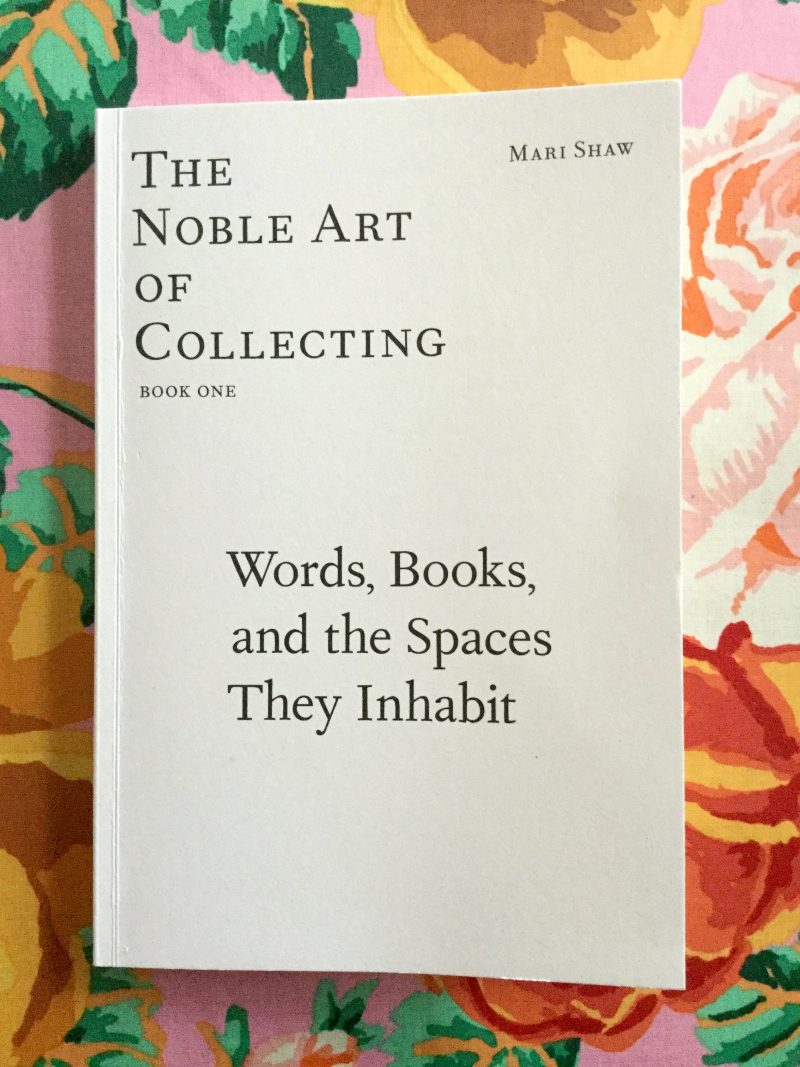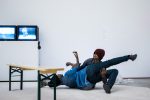Why do collectors collect? What is that art bug that compels individuals to fly across the planet, spend hundreds of thousands of dollars to acquire a stack of metal boxes, a folder of typed sentences, or a set of balloon-shaped objects that wobble when hit with wind from a fan? Is the need to collect as powerful as the need to push paint across a canvas, or closer to lining your bed with pillows?
Looking to unlock the mystery of collecting
I read Mari Shaw’s recent book, “The Noble Art of Collecting – Words, Books, and the Spaces They Inhabit” (Sternberg Press, 2017) and rifled through it looking to unlock the mystery of art collecting. There are some answers in Shaw’s slim volume – the first of a series of books on collecting planned by the author (and Artblog contributor), but I also called her to find out more.
Shaw told me that, for her, collecting art is a way to build “your own world,” and I wondered if everyone had that impulse. Call it a nesting instinct, a “home” gene – a need to surround yourself with sacred objects – whether they are Fabergé eggs, Donald Judd boxes or seascape paintings by Winslow Homer. Shaw said, yes, probably everyone has this basic elemental drive to gather things around them, to own things. And I buy that interpretation. But as an artist who doesn’t collect art I want to know more.
For Shaw, collecting is not simply wallpapering a home, or a quick flip investment strategy, but a way to safeguard a particular set of cultural artifacts for some future world to examine and study and, to forge a deeper understanding of the world.
In her book, Shaw writes that collecting is a cultural mission, but at the same time she remains equivocal about amassing expensive objects.
“I think myself ignoble for being an art collector, and I am not the only one,” she writes. “I sense many other art collectors share my ambivalence, which is understandable, as we are called hoarders, addicts, shysters, fools, and worse. We feel compelled to point out that we have been buying art for many years, and that we buy what we love, which is often work we do not understand.”
First Purchase
The former intellectual property attorney who collects collaboratively with her husband, Peter, made a first purchase many years ago when the two were in New York at the Andre Emmerich gallery. They spotted a large Dorothea Rockburne oil painting (Balance, 1985). For Mari Shaw, the idea of spending thousands of dollars for a work to keep to themselves made her feel uncomfortable.
“I said it should be in a museum,” she recalled. But her husband convinced her it was worth having. They bought it and brought it home.
While they have since promised to donate the Rockburne to the Whitney Museum in New York, it was the first piece in a collection that now numbers in the hundreds, and essentially turned their home into a museum studded with major and minor works in the conceptual, text and minimalist canon of contemporary art.
The Art Experience as Education
“My grandchildren love every piece of art in here,” said Shaw about her own collection, which includes a lot of word art by Paul Chan, Joseph Kosuth and others. “They have their favorites,” she said, including a number of the word pieces.
When Shaw got the new Paul Chan, Sans Rien (2017), a work from a series of pieces Chan refers to as “Breathers” (via forced air, they puff up and deflate and puff up again and look vaguely like human figures) and showed them to her grandson, Solomon, he was so excited he told his cousins, “Guys, you gotta come see this!” leading them up the stairs to see the works.
”It’s that type of excitement…that makes me so positive about the future, makes me stop thinking about my troubles,” she said.
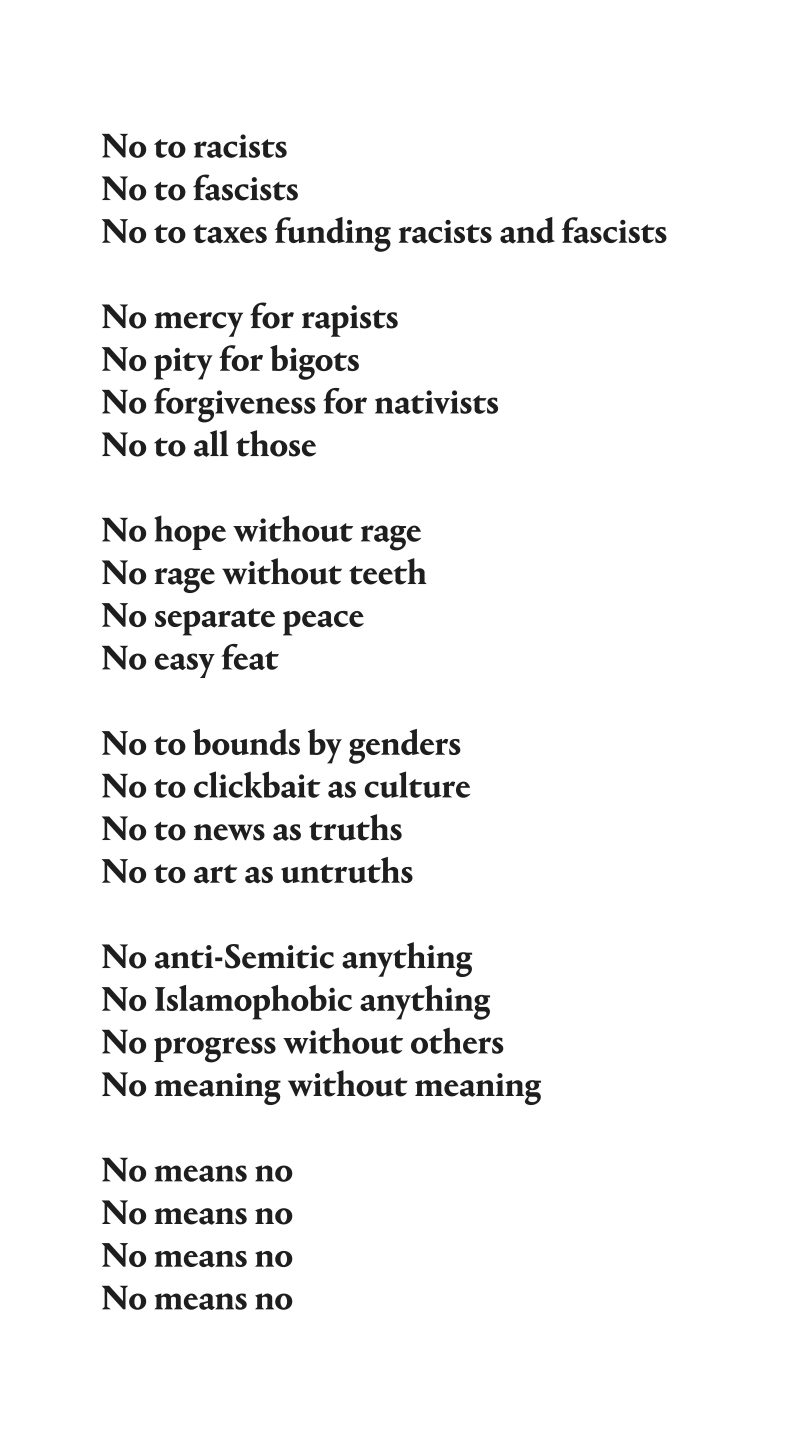
Shaw shows their collection to many people including museum curators, visiting artists, and university students. And with art on all floors and in all rooms of their Spruce Street house, there’s much to see, from modern masters like Donald Judd, Warhol, Joseph Kosuth and Dorothea Rockburne to works made in 2017 by Chan and Rikrit Tirivanija.
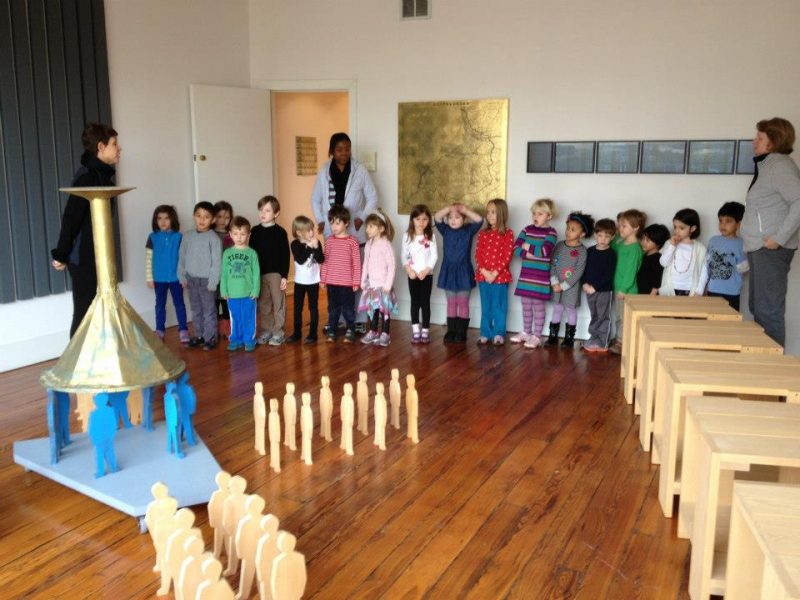
But for Shaw, it’s the little visitors to the collection, like the four-year-old pre-schoolers from her granddaughter Lucy’s preschool, who visited with their teachers and stayed for two hours, that fills her heart with joy. The children’s joy and curiosity are infectious, she said.
“There’s no one like those little ones,” she said, remarking on how direct they were with their comments, how non-judgemental, how open. “The kids really look. They say what they see. The art really affects them. They had an experience they will remember through their lives.”
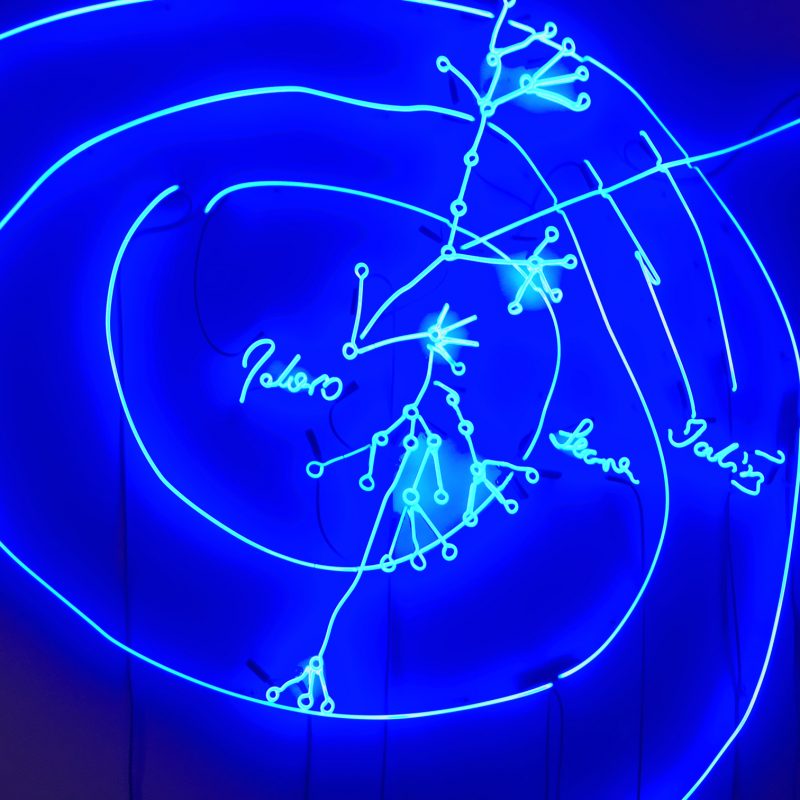
Lucy is long out of preschool, and Shaw still runs into her granddaughter’s former preschool classmates in the neighborhood who remember the visit to their art collection and “Lucy’s tour” of the art.
About the experience of art and its long-lasting impact, Shaw is hopeful. “I feel if every child could have the art experience we’d have a better chance of having peace.”

This wish to let “every child” experience art led Shaw to support the summer “Art Splash” family program at the Philadelphia Museum of Art, to enable more families and children to have “the art experience” first hand. [Ed. Note: Mari Shaw sponsored a series of Artblog videos about the “Art Splash” program and its focus on the “Creative Africa” exhibit.]
Collecting is for the ages – two examples
“People not thought of as being terribly humane – like Catherine the Great of Russia – went out of her way to acquire the works of Voltaire.” After Voltaire’s death in 1778 all 6,814 of Voltaire’s books, and manuscripts were were boxed and shipped from Paris to the Hermitage in St. Petersburg, Shaw writes, in a deal made with Voltaire’s niece. For Shaw the Voltaire – Catherine the Great story is “about preserving culture and safeguarding the truth of our history.”
Shaw cited Microsoft Founder Bill Gates — once the richest man on the planet — as another example of someone not thought of as being terribly humane who has done something humane. She calls Gates’s acquisition of Leonardo da Vinci’s Codex Leicester, the 16th century manuscript that details the Florentine genius’s observations on water, fossils, light and astronomy, as the “most generous, humane thing Gates has done.” Gates purchased the manuscript in 1994 for $30.8 million and has since made its contents available – digitally– and exhibited once a year in a different city throughout the world.
Collecting is an art
Shaw’s love of libraries and books runs deep. Vast libraries lost, burned, forgotten and looted are for Shaw at the heart of her collecting psychology, and the compulsion to acquire an object, an artwork or a book. Collecting, she asserts, is something of an art in and of itself, but organizing and establishing institutions is also critical.
Shaw believes strongly that collectors are in many ways like artists, creating intellectual spaces and repositories for art. And while she and her husband might one day sell their vast collection, they are still actively acquiring work – particularly by visionaries like Paul Chan. “We’re still going,” said Shaw.
And the collector is still writing. A second volume of “The Noble Art of Collecting,” on Matisse, Jazz and Paris in the 1920s, is due out sometime in 2018. A core of the book concerns the Bayelsons, Philadelphia collectors who have amassed one of the best collection of one-off, hand-made and limited edition books by the French painter, Henri Matisse.
Maybe collecting is an intrinsic part of being human, and the impulse to collect art, apart from the lure of an investment and profit, suggests a positivism. Art objects by their very nature are abstract and symbolic, and collecting them is clearly an attempt to make sense of the world awash in more objects than any one person alone can understand.

Find a copy of “The Noble Art of Collecting– Words, Books, and the Spaces They Inhabit” by Mari Shaw at Sternberg Press or Amazon.


